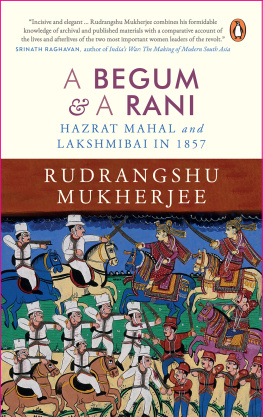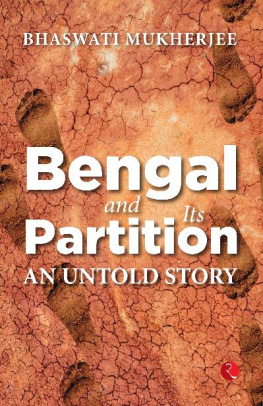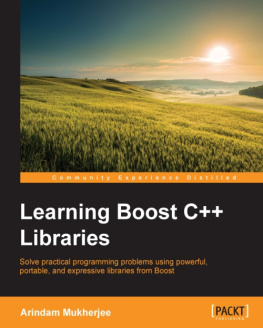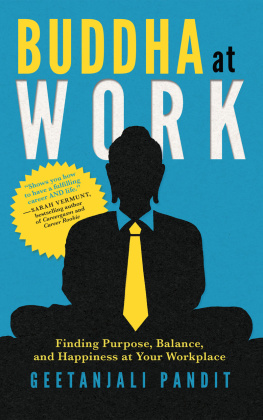INTRODUCTION
This treaty has not come about because it was the mainstream, natural thing to do. It has come about because individual human beings decided together
to fight against something, to struggle against a constant injustice and to
overcome it... [1]
Thomas Nash, Oslo Signing Conference
T hree young boys were playing in a field, when they came across what looked like a small metal ball. They started kicking it around, and a few minutes later, the ball exploded. One boy died instantly, while the others had major injuries that maimed them for life and cost their families entire savings in medical expenses. The small metal ball that the children had mistakenly assumed was a harmless plaything? An unexploded submunition left over from cluster munitions used in warfare.
While this particular incident happened in Cambodia, there are hundreds of similar stories, from Laos, Vietnam, Kosovo, Serbia, Afghanistan, Iraq, Lebanon and many other countries, where children die or are injured while playing or walking to school, and men and women are killed in their backyards or working in their fields. When war is over, people get back to their homes, their schools and their communities, and try to pick up the pieces of their shattered lives. In conflicts where cluster munitions are used, in the aftermath of war, everyday activities are fraught with danger, as one wrong step can potentially kill or maim for a lifetime. The presence of unexploded remnants of war can halt development in countries for several years. Laos, one of the most bombed nations in the world, strewn with millions of submunitions, is still struggling to emerge from the devastating effects of the Vietnam War, more than four decades later.
**
C luster bombs are weapons that are small but deadly. They often look like small metal canisters, and some of them are painted, giving them the innocuous appearance of a soda can. Each bomb contains within it hundreds or thousands of smaller submunitions, which disperse like the seeds of a dandelion over a wide area, also known as its footprint. Although the submunitions are meant to detonate on impact, various factors such as the height of dispersal, the ground quality and manufacturing defects, cause a large number (in some cases up to 30%) of the munitions to fail to detonate. In many cases, including one infamous example during the NATO campaign in Kosovo, the munitions miss their target entirely, instead landing on homes, hospitals and schools.
The unexploded submunitions that are scattered on the ground, in effect, act as landmines, that can kill or severely injure anyone who comes across them, sometimes even years and decades later. Given that military campaigns typically deploy thousands of these bombs at a time, each conflict leaves behind hundreds of thousands, sometimes millions, of these unpredictable mines, that make it hazardous for ordinary people to go about their daily lives once the conflict ends. A report by Handicap International reported that 98% of all casualties of cluster munitions are civilians, of which one-third are children. These injuries and fatalities occurred either because the munitions failed to land on the intended target, or from unexploded ordnance that failed to detonate on impact.
Despite all the problems associated with the use of these weapons, they are nevertheless an essential part of the military toolkit for many nations. Cluster munitions have been used in numerous conflicts in the past half-century, by at least 23 governments in 39 countries and four disputed territories since the Second World War[2]. The users and producers of the weapons are major military powers, powers that have continued to use these weapons notwithstanding their substantial humanitarian costs. It has been estimated by the Cluster Munition Monitor that prior to 2006, 91 countries stockpiled cluster munitions containing a billion submunitions in their arsenals.
Given the inaccuracy of the weapons, the harm they cause even to the militaries that use them (for instance, in Afghanistan, the use of cluster munitions became so hazardous for the United States troops that soldiers started to complain, because it slowed down their progress and caused deaths of Coalition soldiers) and the devastation that is left behind at the end of war, the continued use of these lethal weapons seemed outmoded. For decades, humanitarian organizations sought to limit the use of these weapons, but international consensus on the issue was hard to come by. As a UNDP representative stated: The issue was too political, the problem too complicated, the process too stalled in short, the obstacles to a Convention were simply too formidable to overcome[3].
**
I n the fall of 2008, I was studying for a Masters in Public Policy at Cornell University, in Ithaca, New York. I was taking a class at the law school on international cooperation, and having just completed six months as an intern at Human Rights Watch, I decided to write about the Oslo Process and the campaign to ban cluster munitions for my final paper, coincidentally presenting my work the day before the historic signing of the treaty at Oslo on December 3, 2008. The following year, I chose to expand this initial paper for my Masters thesis. My thesis attempted to explore the reasons behind the success of this accomplishment from the perspective of international relations. This book is based on that work, although it has been completely re-written (for the second time, for this revised and expanded edition), with additional research supplementing each section, as well as updated content to include the progress made since the adoption of the Convention.
Hence, in one way or another, I have been researching the topic of cluster munitions for over eight years, and still find myself endlessly fascinated by it. What keeps drawing me to this subject, and why I find this topic awe-inspiring is that at its very core, the story of how cluster munitions were banned is a story of the triumph of the underdog, the fight between David and Goliath. On one hand, a deadly but essential weapon used for the past half-century by the most powerful militaries in the world was pitted against a ragtag motley group of experienced as well as inexpert NGOs and victims groups teamed up with a handful of committed-to-the-cause states, alongside behind-the-scenes support from advisory international organizations. In spite of the wealth of experience, knowledge and expertise possessed by the Cluster Munition Coalition (the group of NGOs and organizations working towards the cluster munition ban) and the United Nations as well as the International Committee of the Red Cross, they faced a monumental and nearly impossible task to convince governments to agree to stop using a valuable weapon in their arsenals that they stockpiled by the hundreds of thousands, in a political climate where the interests of national security and state sovereignty outweighed humanitarian concerns in almost every instance.










